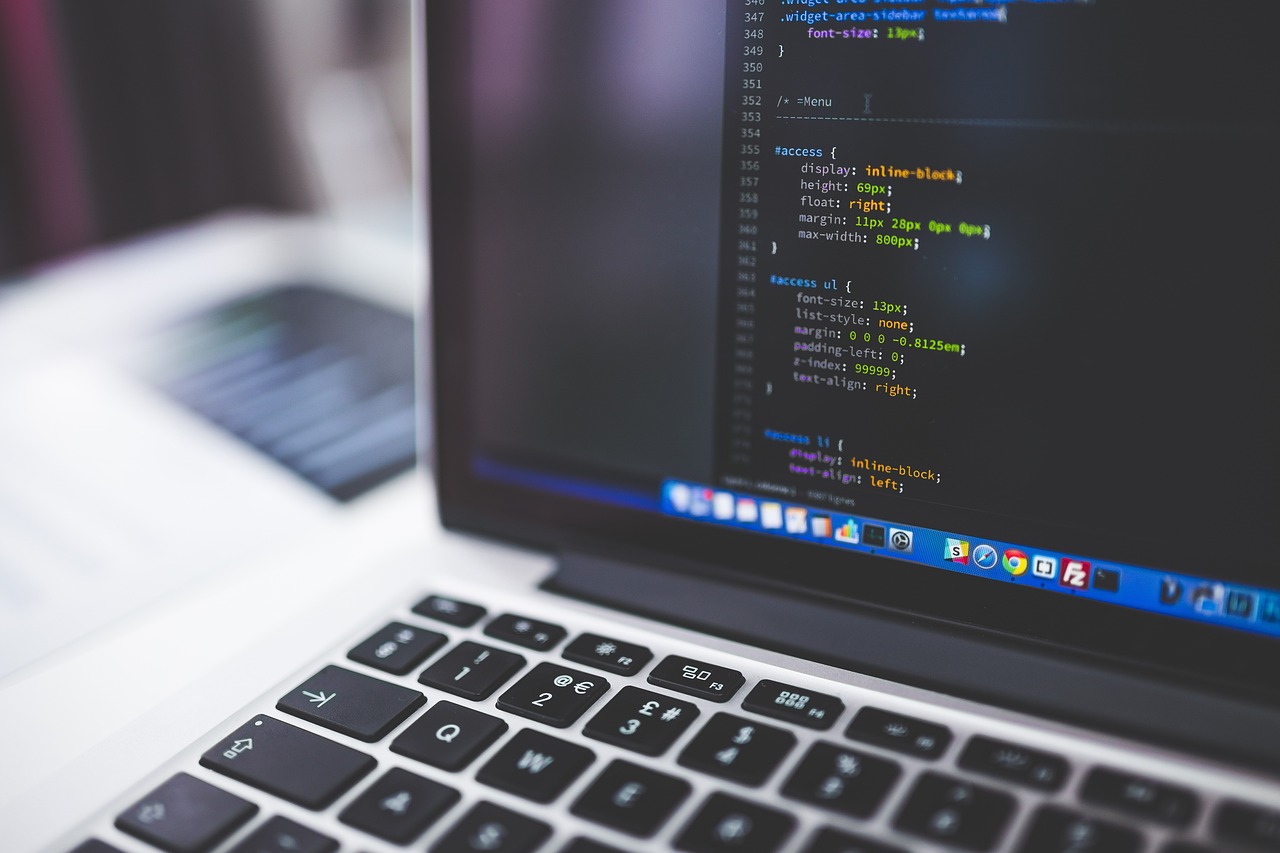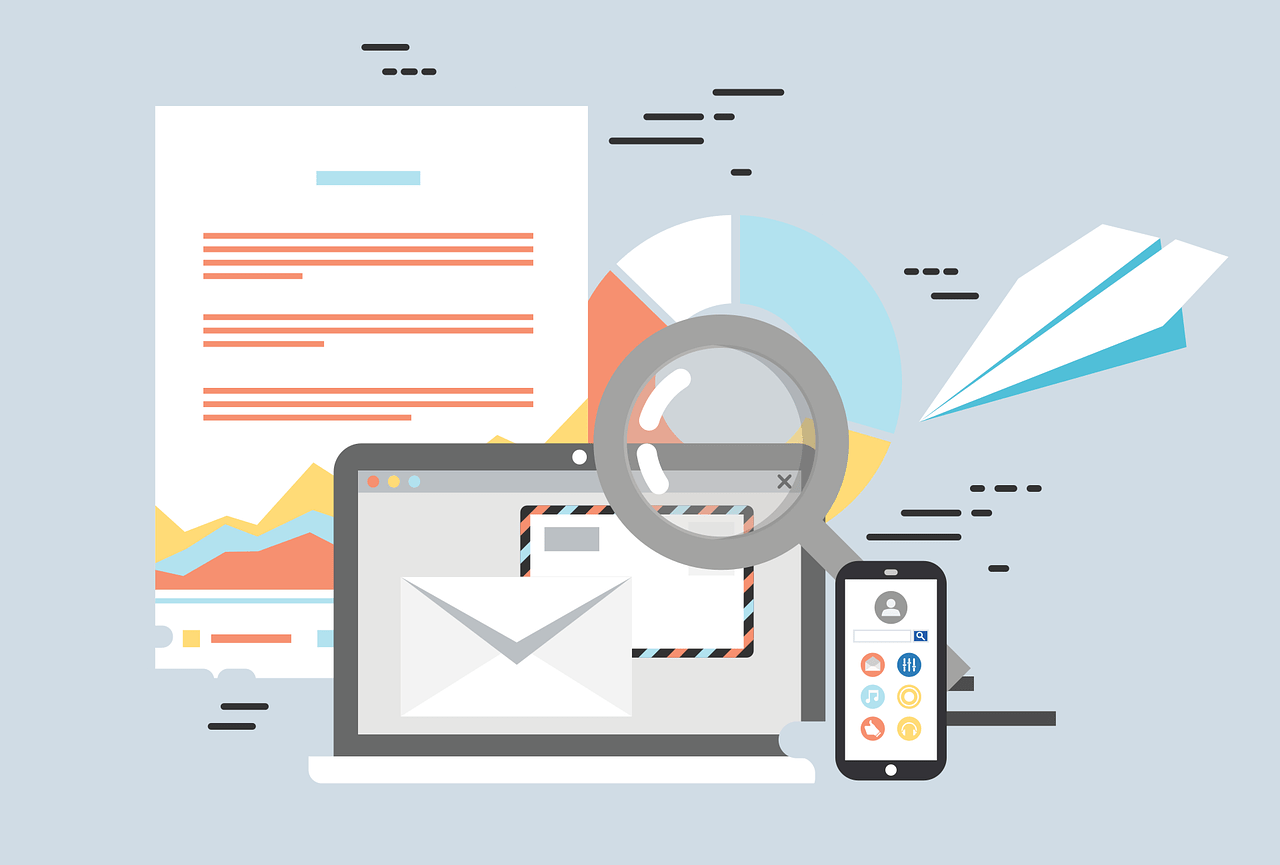Establishing a strong online presence is crucial for small businesses. One of the key elements in achieving this is through effective social media marketing. However, it’s not just about what you post, but also when you post it. The timing of your social media content plays a significant role in reaching your target audience and maximizing engagement. In this article, we will explore strategies for optimal social media timing for small businesses to help you make the most of your online presence.
Understanding Your Audience
Before diving into timing strategies, it’s essential to have a deep understanding of your audience. Who are your customers? Where are they located? What are their habits and preferences? Conducting market research and creating buyer personas can help you gain insights into your audience’s behaviour, which is crucial for determining the optimal times to post.
Understanding your audience goes beyond demographics; it involves knowing their online habits, such as when they are most active on social media platforms. For example, if you run a small coffee shop, understanding that your audience is most active on Instagram in the morning while sipping their coffee can be invaluable. This knowledge allows you to schedule posts that align with their routines, ensuring your content appears when they’re most likely to engage.
Additionally, consider the global nature of social media. If your small business has an international audience, time zone differences can affect when you should post. Tools like social media insights and analytics can provide data on your audience’s online patterns, helping you tailor your posting schedule to reach them effectively.
The Importance of Timing
The timing of your social media posts can significantly impact their visibility and engagement. Posting at the right times ensures that your content reaches your audience when they are most active online. For instance, posting during lunch breaks or after work hours may yield better results than posting in the middle of the night.
Timing is especially crucial on platforms like Twitter, where the lifespan of a tweet is relatively short due to the constant stream of new content. Posting during peak hours when your target audience is online can help your tweets get noticed amidst the digital noise. Similarly, on platforms like Facebook and Instagram, timing can affect how prominently your posts appear in your followers’ feeds. Algorithms often prioritize recent and engaging content, so posting when your audience is most receptive can lead to higher visibility and interaction.
To determine the best timing for your social media posts, you can use the data available on each platform’s analytics dashboard or rely on third-party tools. These insights can reveal the times when your audience is most active, allowing you to schedule your content strategically.
Platform-Specific Timing
Different social media platforms have different peak activity times. Let’s take a look at some platform-specific timing strategies:
Facebook:
- Weekdays between 1 pm and 3 pm tend to be ideal.
- Avoid posting on weekends, as engagement rates are lower.
Twitter:
- The highest engagement is usually seen between 9 am and 3 pm on weekdays.
- Twitter is fast-paced, so consider posting multiple times a day.
Instagram:
- Post during lunch hours (11 am to 1 pm) and evenings (7 pm to 9 pm) on weekdays.
- Use Instagram Stories to stay active throughout the day.
LinkedIn:
- Weekdays, especially Tuesday to Thursday, are ideal for B2B content.
- Post during professional hours (10 am to 11 am and 2 pm to 4 pm).
Each social media platform has its own unique user base and behaviours. Understanding these platform-specific timings can help you optimize your social media strategy. For instance, on Facebook, posting during lunch hours on weekdays aligns with people taking breaks and scrolling through their feeds. On Twitter, the rapid flow of tweets means posting multiple times a day can keep your content visible.
Tools for Timing Analysis
Several tools and analytics platforms can help you identify the best times to post on social media. Tools like Buffer and Hootsuite provide insights into your audience’s online behaviour, helping you schedule posts effectively.
These tools often offer features like scheduling posts in advance and providing data on when your followers are most active. Additionally, they can help you manage multiple social media accounts from a single dashboard, making it easier to maintain a consistent posting schedule.
By using such tools, you can streamline your social media management and focus on creating engaging content, confident that it will be shared at the optimal times for your audience.
Experimentation and Analytics
Don’t be afraid to experiment with different posting times and track the results. Use social media analytics to monitor the performance of your posts. Over time, you’ll discover the timing that works best for your specific audience.
Experimentation is a critical part of refining your social media timing strategy. It allows you to adapt to changes in your audience’s behaviour and preferences. For example, you may find that your audience becomes more active on certain platforms during holidays or special events. By experimenting with different posting times during these periods, you can capitalize on increased engagement and interest.
Furthermore, analytics provide valuable insights into how your posts are performing. You can track metrics like reach, engagement, and click-through rates to gauge the effectiveness of your timing strategy. If you notice that certain times consistently yield better results, you can adjust your posting schedule accordingly. Conversely, if you experiment with a new timing strategy and see a decline in engagement, you can pivot and refine your approach.
In summary, experimentation and analytics go hand in hand to help you fine-tune your social media timing strategy for optimal results.
Consistency is Key
Consistency is crucial in social media marketing. Once you’ve identified the optimal posting times, stick to a regular schedule. This helps build anticipation among your audience, increasing engagement and loyalty.
Consistency not only applies to when you post but also to the quality and tone of your content. Your audience should know what to expect from your social media presence. If you typically post informative articles on Tuesdays and share behind-the-scenes content on Fridays, your followers will come to anticipate and engage with your posts on those days.
Moreover, consistency establishes your brand’s credibility and reliability. It demonstrates that you’re committed to providing value to your audience, which can foster trust and long-term relationships. Inconsistency, on the other hand, can confuse your audience and lead to a drop in engagement.
Leveraging Trends
Stay up to date with current events and trends relevant to your industry. Timing your posts to coincide with trending topics can give your content a significant boost in visibility.
Monitoring industry-specific trends and popular hashtags can help you create content that resonates with your audience. For example, if you run a fitness-related small business and notice a trending hashtag about a new fitness challenge, you can craft a post that aligns with the trend. This not only increases the chances of your content being discovered by a wider audience but also positions your brand as current and engaged within your niche.
Leveraging trends doesn’t mean abandoning your core message; it means finding creative ways to integrate current topics into your content strategy. By doing so, you can tap into the momentum of trending discussions and increase your social media reach.
In conclusion, crafting a social media strategy that optimizes timing for small businesses involves understanding your audience, selecting platform-specific timing, utilizing analytical tools, experimenting, maintaining consistency, and leveraging trends. Each of these elements plays a crucial role in enhancing your online presence and maximizing engagement with your target audience. By implementing these strategies, you can propel your small business towards success in the digital landscape.
Effective social media timing is a game-changer for small businesses looking to expand their online reach. By understanding your audience, utilizing platform-specific timing, and leveraging the right tools, you can create a social media strategy that maximizes engagement and drives results.
To sum it up, here are the key takeaways:
- Know Your Audience: Conduct thorough market research and create buyer personas to understand your audience’s behaviours and preferences.
- Timing Matters: The timing of your posts significantly affects visibility and engagement. Post when your audience is most active.
- Platform-Specific Strategies: Different social media platforms have different peak times. Tailor your posting schedule accordingly.
- Tools and Analytics: Use social media management tools and analytics to gather data on your audience’s online behaviour and refine your strategy.
- Experiment and Adapt: Don’t be afraid to try different posting times and adjust based on the results.
- Consistency Builds Trust: Maintain a consistent posting schedule to build anticipation and trust among your audience.
- Leverage Trends: Stay up-to-date with industry trends and incorporate them into your content when relevant.
By incorporating these strategies into your social media marketing efforts, you can enhance your brand’s visibility, engage your target audience effectively, and ultimately drive growth for your small business.
FAQs
1. Can I use the same posting schedule for all social media platforms?
- It’s best to tailor your posting times to each platform’s unique user behaviour.
2. Are there any free tools for analyzing social media timing?
- Yes, tools like Facebook Insights and Twitter Analytics provide valuable data for free.
3. How long should I experiment with different posting times before settling on a schedule?
- Aim for at least a few weeks to gather enough data for informed decisions.
4. Is it better to post more frequently or at specific times?
- Quality should always come before quantity. Focus on posting at optimal times with high-quality content.
5. What if my audience is in different time zones?
- Consider scheduling posts to accommodate multiple time zones and use analytics to target peak activity.




